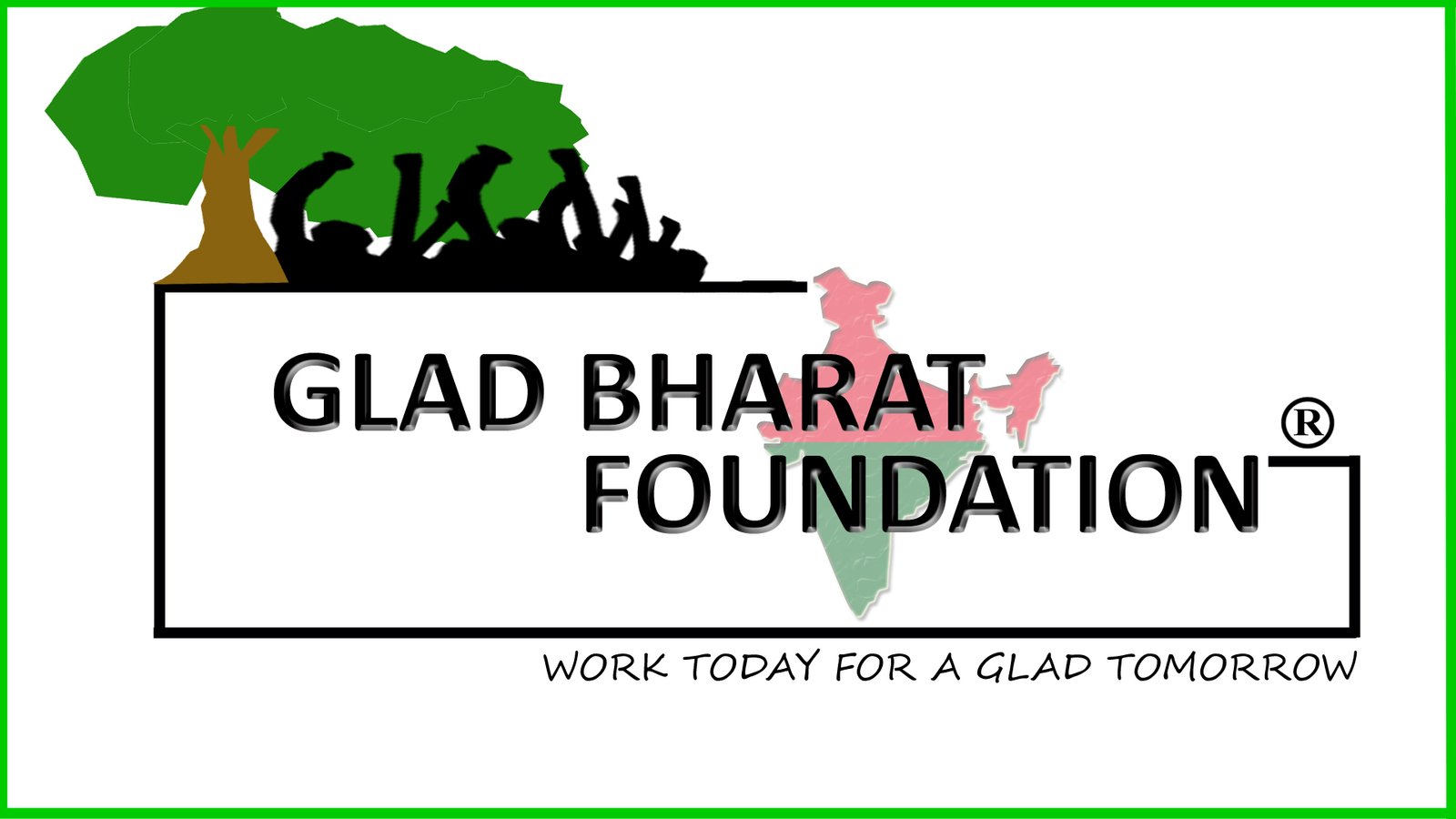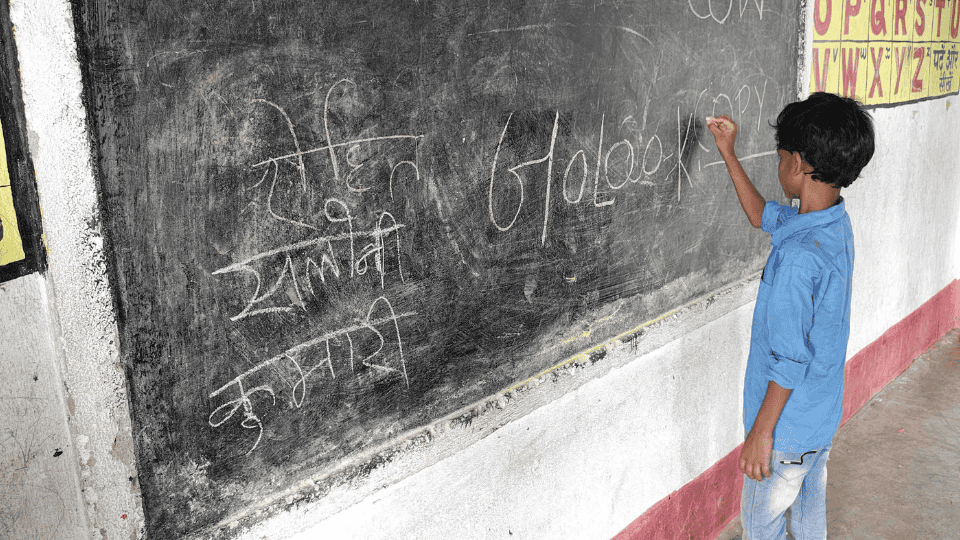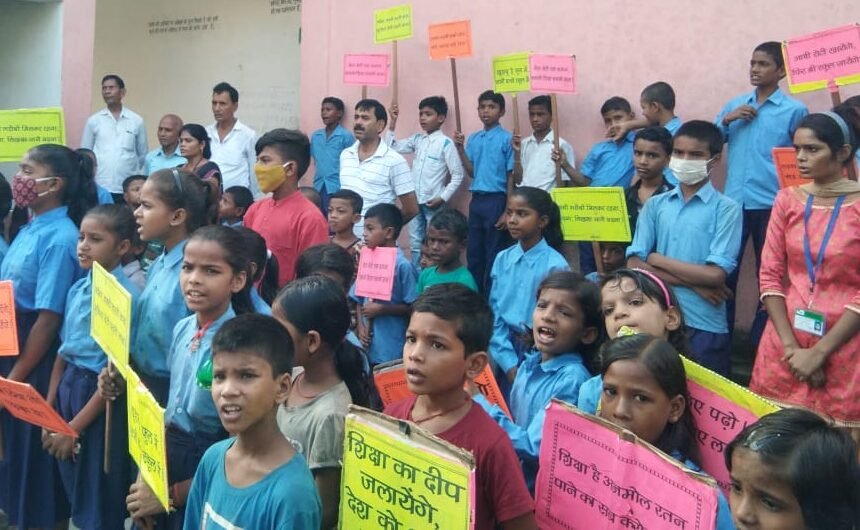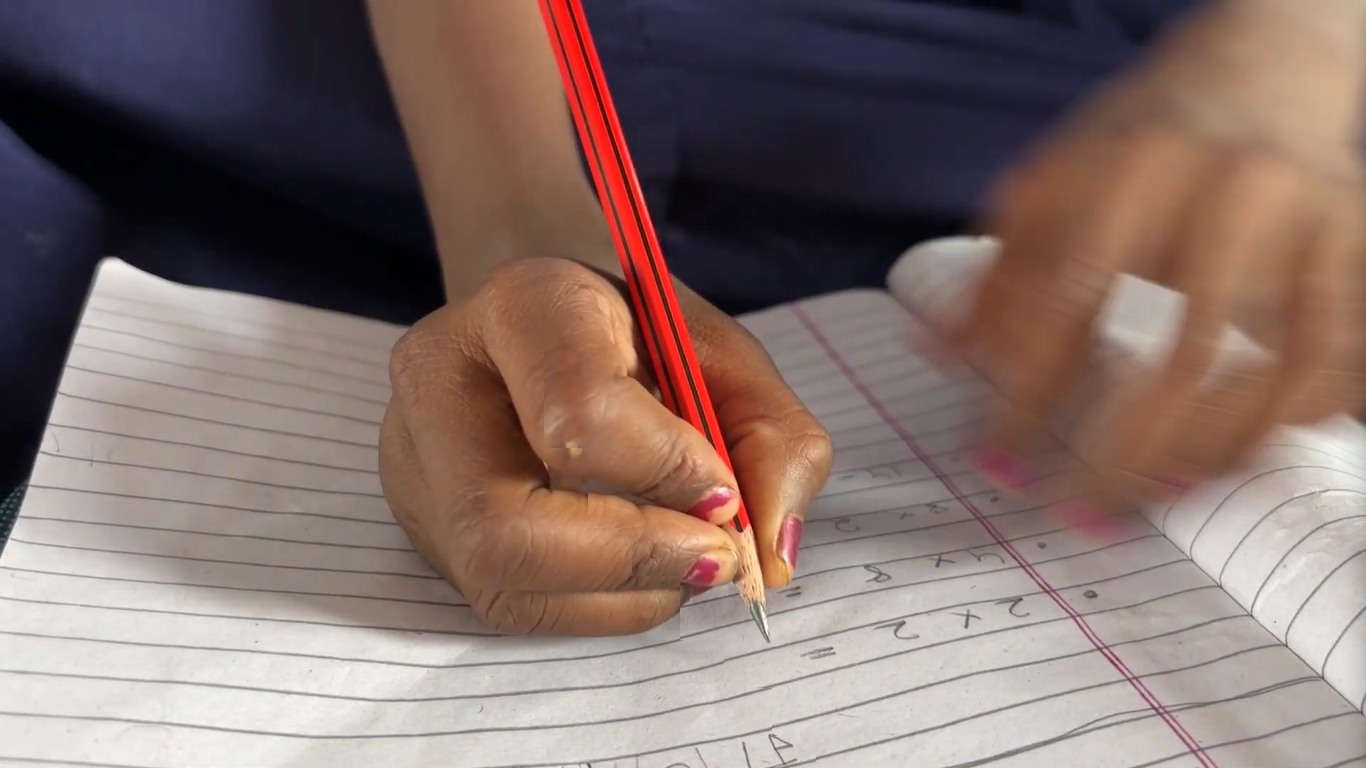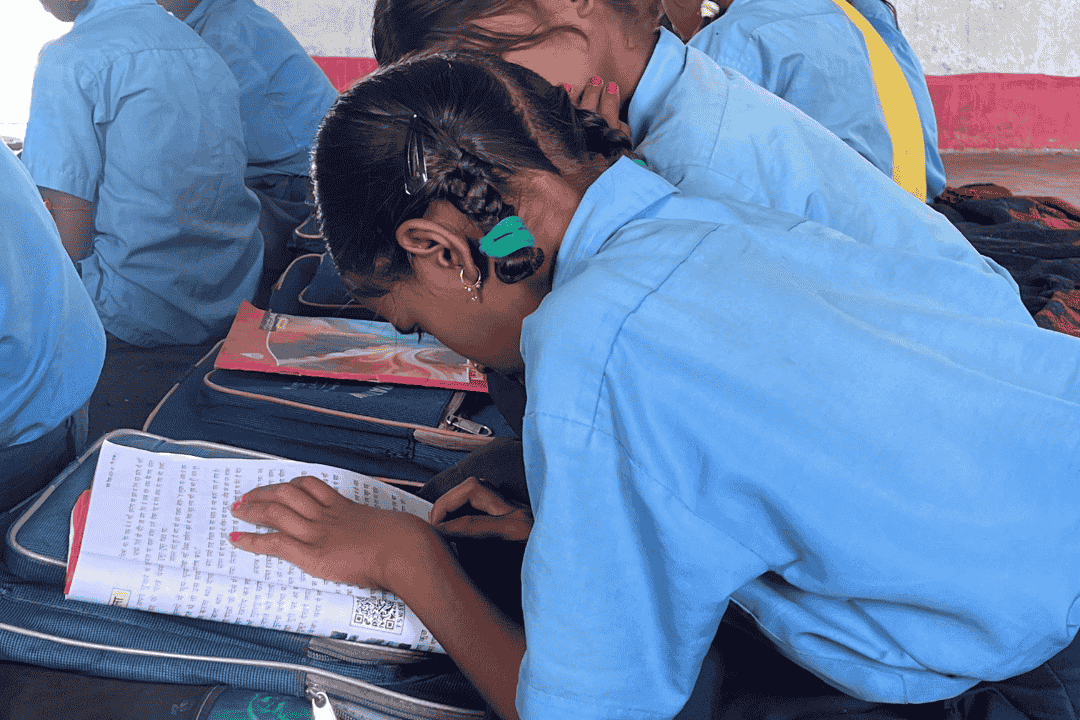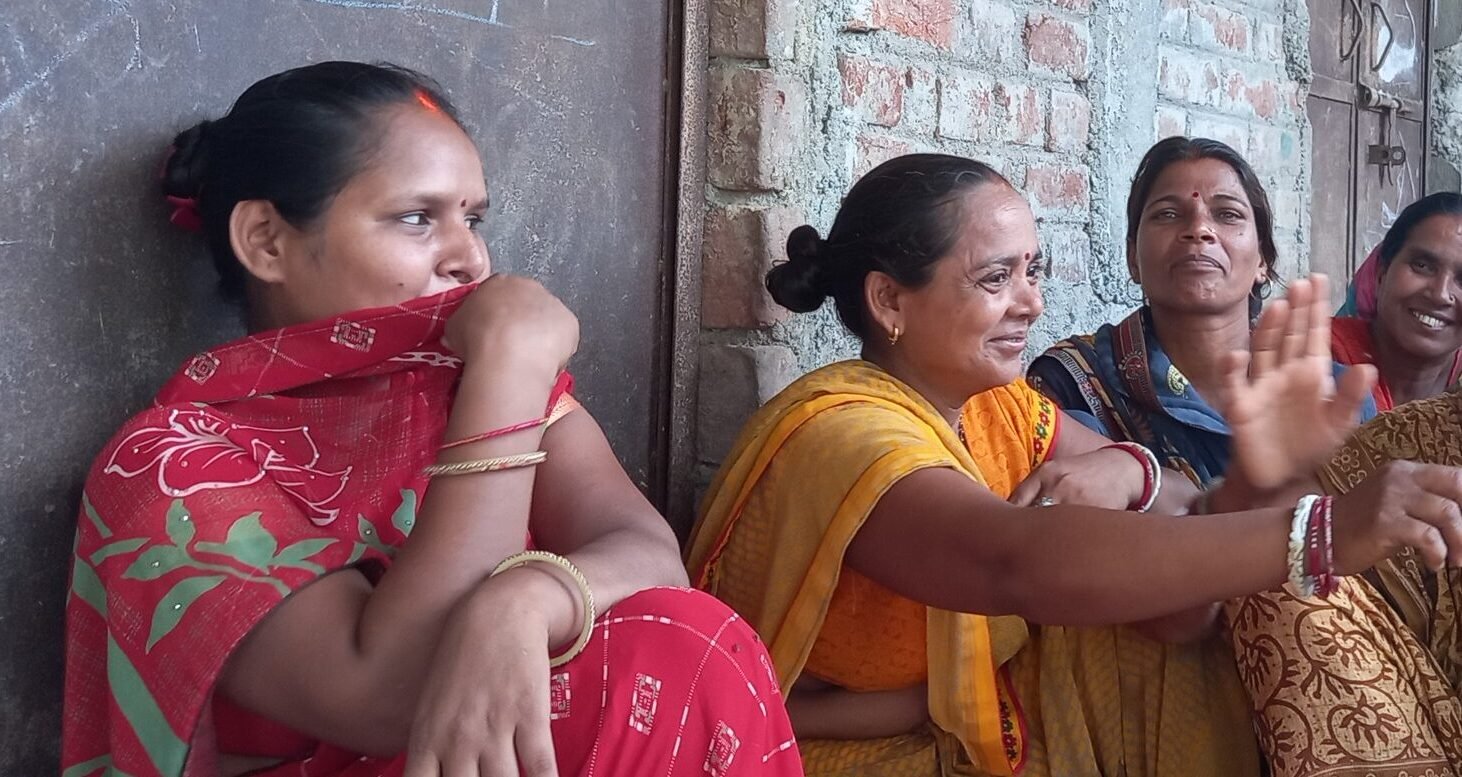In Bihar’s Gaya district, education has reached the doorstep of every child — but learning hasn’t. Classrooms are full, yet the ability to read and understand simple text or solve basic math problems remains worryingly low.
According to the ASER 2024 report, only 20.1% of Class 3 students in Bihar’s government schools could read a Class 2-level text, and barely 28.2% could perform basic arithmetic operations. These numbers paint a stark picture — children may be going to school, but they are not truly learning.
In Gaya, teachers often handle multi-grade classrooms with 40–60 students and limited materials. Many schools lack basic infrastructure such as libraries, blackboards, or functional toilets, especially for girls. For first-generation learners, the home environment rarely supports learning — parents are mostly daily wage earners with little time or literacy skills to guide their children.
This learning gap manifests early. By Class 5, many children cannot read a story or solve a two-digit subtraction. Over time, this leads to low confidence, high dropout rates, and limited career prospects.
Without strong Foundational Literacy and Numeracy (FLN) , education becomes mechanical — just attendance, not understanding. This hidden learning crisis is not about failing schools; it’s about a system that needs reform at its foundation.
The first step to fixing it is acknowledging the gap, and that’s exactly where Glad Bharat Foundation began its journey.
Data in reference to:
ASER REPORT 2024
FORUM IAS BLOG
BUSSINESS STANDARD
